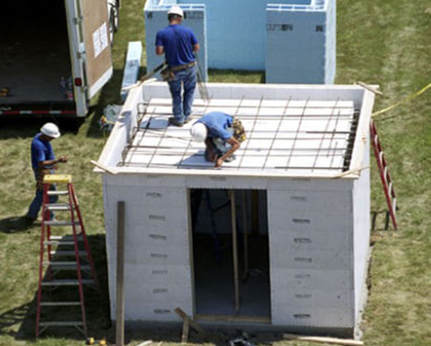
Upcoming Events |
|
|
Iowa Concrete Paving Association / Iowa Ready Mixed Concrete Association. All Rights Reserved.
360/380 SE Delaware Avenue | Ankeny, IA 50021 Phone: (515) 963-0606 / (515) 965-4575 [email protected] / [email protected] | sitemap Cookie Policy Privacy Policy |
